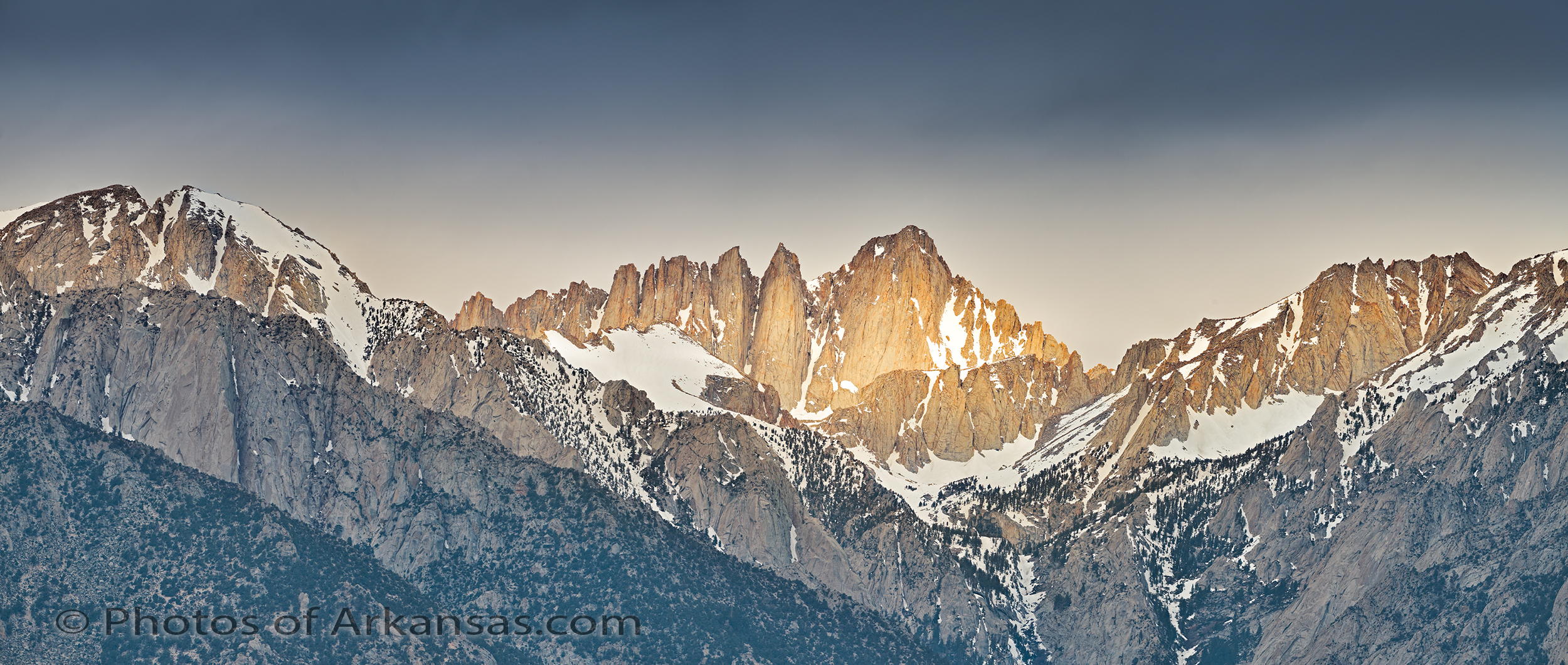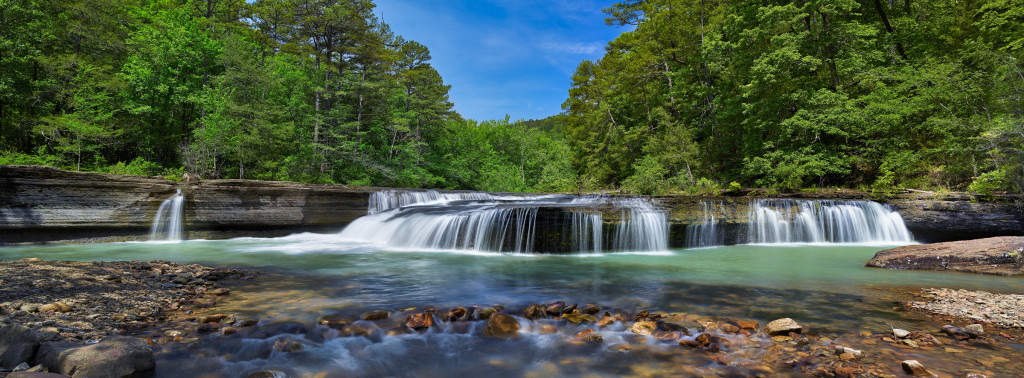I have written a new Article on how to create a hand held panorama using a Fuji X-T2 and 100-400mm lens, hand held. This article will show you what raw converter (Capture One) and why I choose it over other raw converters on the market. You can quickly see how to take 5 vertical images, work them up in Capture One, export them to Lightroom, create a panorama with a much large overall megapixel count and then do the final color work.
The Fuji X-T2 with 24 megapixels is an excellent platform to work with for panorama stitching.
You can find the full article here: Creating a 5 part panorama with a Fuji X-T2 Camera.
As always, thanks for reading.
Paul Caldwell





Recent Comments